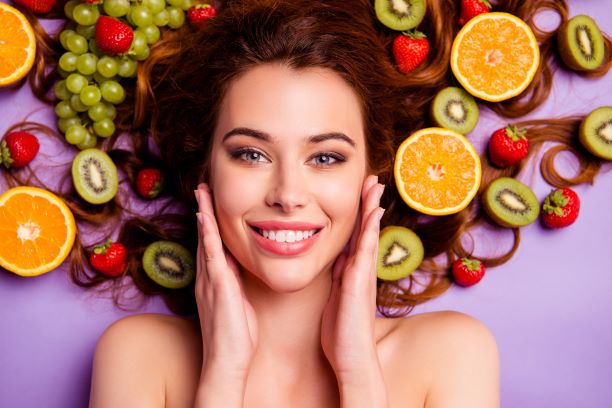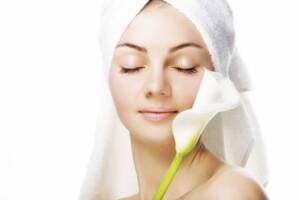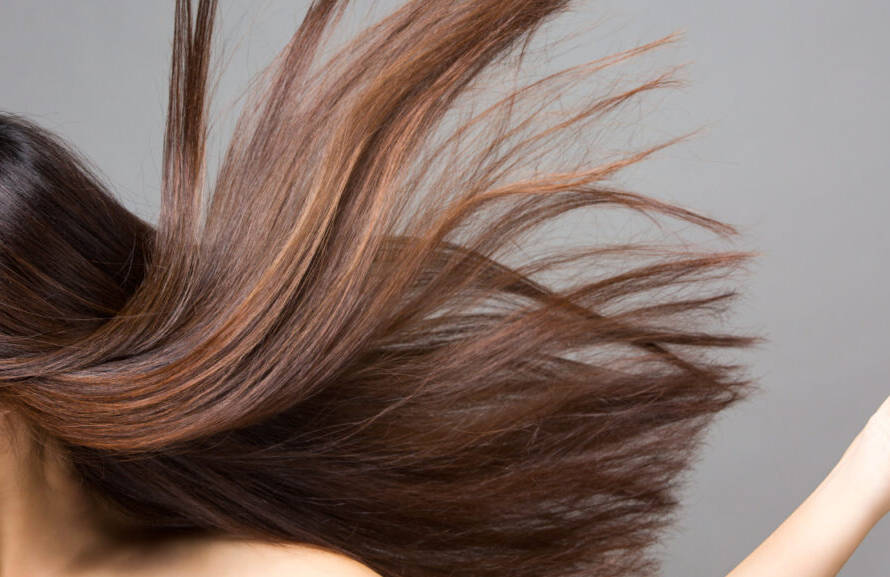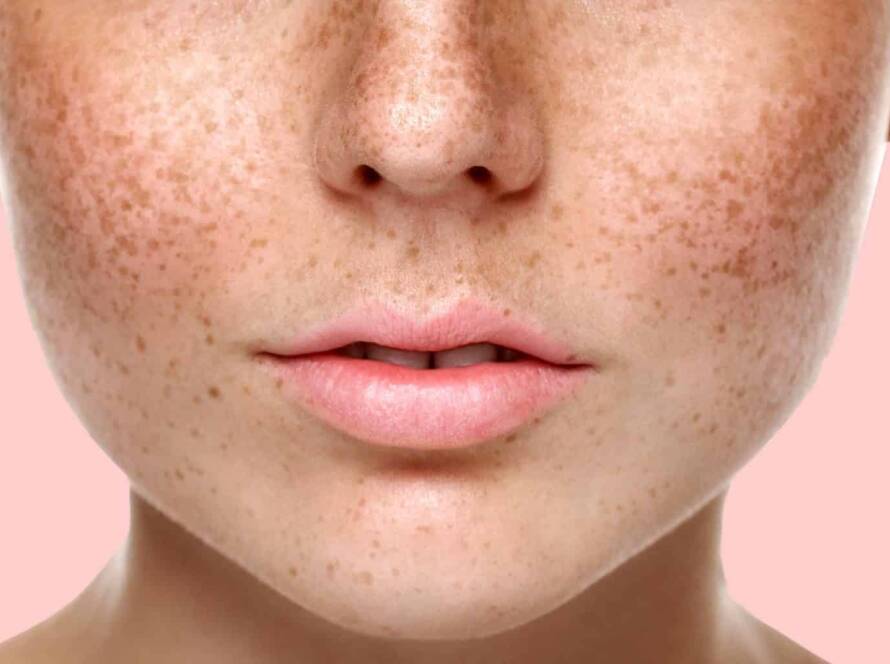2022 is expected to embrace “Well-Aging” as men and women are looking for gentle, effective support to help them remain active and mobile and continue to look and feel their best, at every age.
For this, the interconnections and delicate balance between health and beauty needs to be understood. Skin health and beauty is one of the principal factors representing overall “well-being” and the perception of “health”. Healthy skin is the most important determinant of human appearance, wellness as well as feeling of self-worth and mental wellbeing.
Our skin is remarkable. It is the largest organ in our body. It is soft, to allow movement, but still tough enough to resist breaking or tearing. It varies in texture and thickness from one part of the body to the next. For instance, the skin on our lips and eyelids is very thin and delicate, while skin on the soles of our feet is thicker and harder. Skin is the barrier that segregates the body from the outer environment. Besides protecting the body from water loss and microorganism infection, it has an important cosmetic role.
Healthy skin is smooth without cracks on the surface. It is warm and is neither flaky nor moist and wrinkled. It has the ability to respond to challenges, resist any sign of aging and ward off likely diseases. Healthy skin is important for a healthy body and mind as well as reflection of our overall health and wellbeing.

Skin is a window into a person’s inner health and general well-being, as it can carry clues about the health of other organs. Changes in the skin texture, colour, discoloration, or new growth, maybe due to:
-
Underlying health problems such as hypothyroid, PCOS, allergy. Very dry, dull, itchy skin could be a sign of an underactive thyroid, Male-pattern facial hair and cystic acne that resists traditional acne treatment, may be a signal of PCOS while itchy skin often signals allergies.
-
Changes in hormones during different life stages. Puberty may cause acne; pregnancy can cause hyperpigmentation and reduction in estrogen levels during menopause results in atrophic skin changes and an acceleration of skin aging.
-
Increasing age (intrinsic aging) With advancing age, our skin naturally loses dermal collagen, melanin, hair follicles and sebaceous glands that result in thin, dry and pale sagging skin, with fine wrinkles.
-
Cumulative exposure to environmental factors (extrinsic aging) like sun radiation, air pollution, extreme temperature, smoking, poor nutrition, harsh skincare products etc. The environmental factors trigger the production of free radicals in the skin that lead to DNA damage and the breakdown of collagen and elastin in the skin, causing coarse wrinkles, loss of elasticity, laxity and rough-textured appearance.
-
Extreme temperatures and the speed of change between them. In cold conditions, skin reacts by narrowing the blood vessels to protect the body from losing too much heat. Sustained cold temperatures reduce sebaceous glands secretion and thereby dry out the skin. In hot and humid conditions, sweat glands produce more sweat, leaving the skin moist, pores blocked and may cause acne. Low humidity in airplane cabins and centrally heated places, can cause skin to become dehydrated leading to increased sensitivity.
The damage exerted by the above factors is not only superficial, but also affects all the layers of the skin. It is for these reasons that the shielding efficacy of skin care products is better complemented with a dietary approach for a more holistic strategy.
The mainspring of any skin anti-aging therapy is to achieve a healthy, smooth, blemish-free, translucent and resilient skin. This can be done through:

-
Daily skin care routine using appropriate products help to increase skin regeneration, elasticity, smoothness and thus temporarily change the skin condition.
-
Antioxidants to stop the degradation of the structural constituents of skin, such as collagen and elastin, to prevent the formation of wrinkles. Antioxidants like vitamin C, vitamin E, carotenoids help to reduce or neutralize free radicals. These can be taken as nutritional supplements, in case not sufficiently available through diet. Some of them with small molecular weight can be used topically too, as they are able to penetrate the skin. To increase their efficacy (when consumed) and absorption through skin when applied topically, they need to be in right combination with other micronutrients.
-
Other micro- nutrients and certain amino acids that help to stimulate collagen synthesis.
Research shows that the skin follows circadian rhythm: protective mode during the day and reparative mode at night. During daytime, the skin is exposed to UV and other pollutants, while at night, there is an increase in microcirculation to support skin repair. Hence, the time of application of products rich in antioxidants and other micronutrients, is also important based on their function.
Mindful and synergistic usage of topical solutions along with nutritional supplements can offer a two-pronged “Inside Out Approach” for full body beauty and wellness support.




